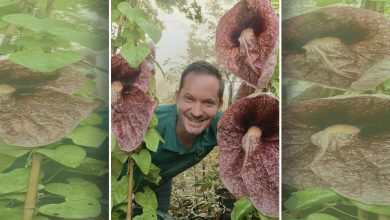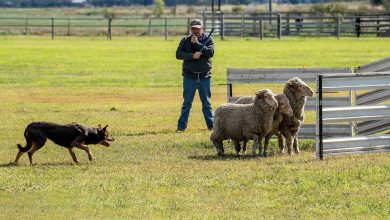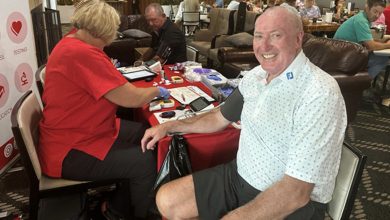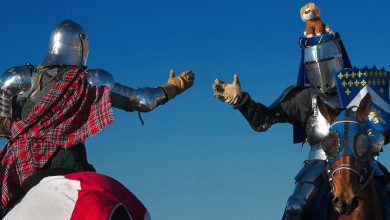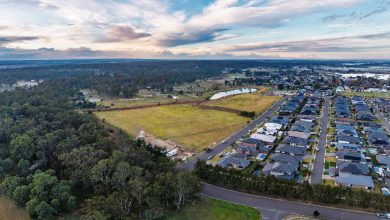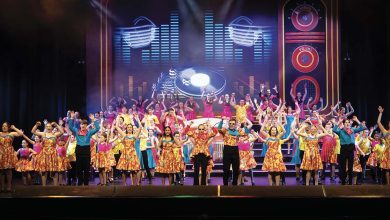Stroke Survivor
“I drifted onto the right side of the road at 80kmh and had a head-on collision,” he said. The young driver of the other car was treated for fractures. Julian suffered a broken finger and nose but the red P-Plater’s stroke was the main concern.
He says his life was saved by emergency services who were on the scene very quickly. He was airlifted to the emergency department at Westmead Hospital by the Westpac rescue helicopter where he was in an induced coma for 10 days before being transferred to the brain injury unit and then the transitional unit.
“It was as if I was re-born,” he says of his 7 months initial rehabilitation. “I had to learn the basics, how to walk and how to talk and think again. I still think and act a lot slower than average and my energy is still affected.”
It’s been 16 years since the stroke and Julian, who lives in Arcadia, is keen to mentor other stroke survivors.
His book, The Simplicity of Life – Stroke Recovery Guidelines was published in November last year and he has a Facebook page (Stroke Recovery Guidelines) and an Instagram account (stroke_recovery_ guidelines) aimed at helping stroke patients. “It’s a lonely road to recovery,” he says.
Before his accident he was at Hornsby TAFE studying a pre-apprenticeship course in carpentry, he says he still misses the opportunity to work in building and construction. He has now trained as a counsellor with the aim of working with stroke survivors and their families.
“I know from my own experience that counselling and seeking support was crucial to my recovery and ability to cope with this huge life change and so I am keen to help others so that they don’t lose hope and find ways to live with their disability,” he said.
Although every stroke survivor’s journey is different, he believes it is possible to recover and enjoy life again. He celebrated his engagement last week.
THE FACTS
A stroke happens when a blood vessel supplying blood to the brain either suddenly becomes blocked (ischaemic stroke) or ruptures and begins to bleed (haemorrhagic stroke).
Either may result in part of the brain dying.
According to Stroke Foundation Australia;
• 27,428 Australians experienced stroke for the first time in their lives in 2020, which equates to one stroke every 19 minutes
• More than 445,087 Australians are living with the effects of stroke.
• Stroke is one of Australia’s biggest killers. It kills more women than breast cancer and more men than prostate cancer.
• In 2020, the estimated cost of stroke in Australia was $6.2 billion in direct financial impact, and a further $26.0 billion in mortality and lost wellbeing.
• In 2020, 6,535 (24 percent of total) first-ever strokes occurred in people aged 54 years and under.
The Stroke Foundation recommends the F.A.S.T. test as an easy way to remember the most common signs of stroke.
Face Check their face. Has their mouth drooped?
Arms Can they lift both arms?
Speech Is their speech slurred? Do they understand you?
Time Is critical.
If you see any of these signs call 000 straight away.[/vc_column_text][/vc_column][/vc_row][vc_row][vc_column][us_image image=”68815″ size=”full” align=”center”][/vc_column][/vc_row]

